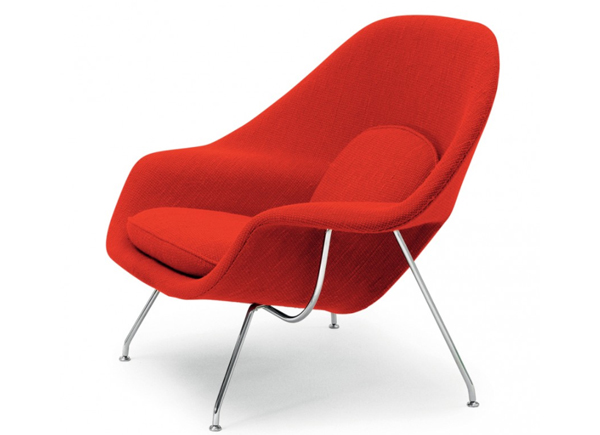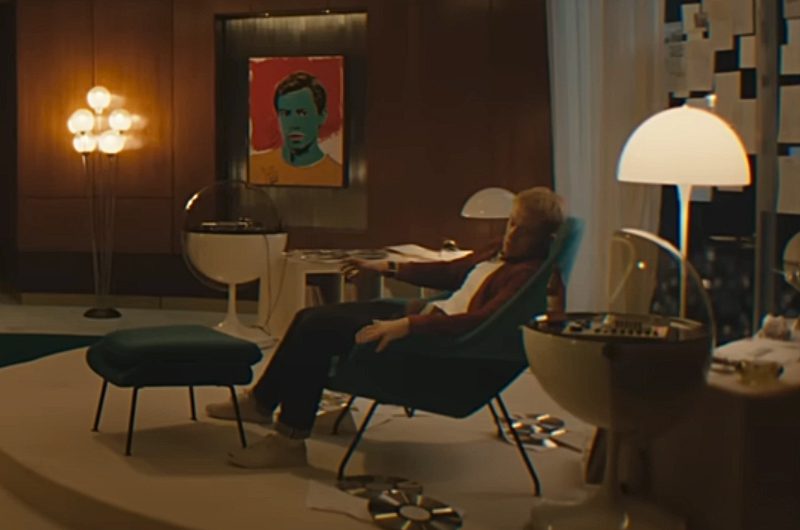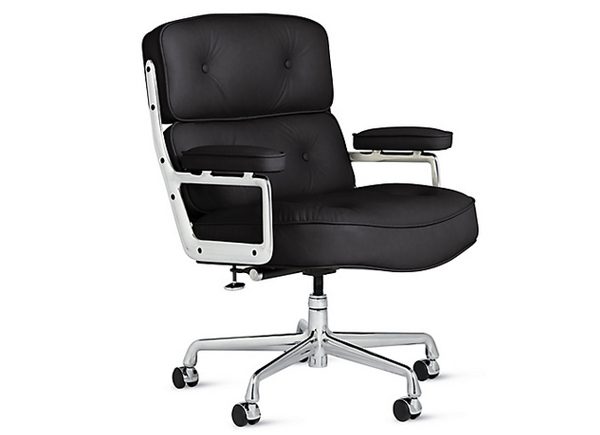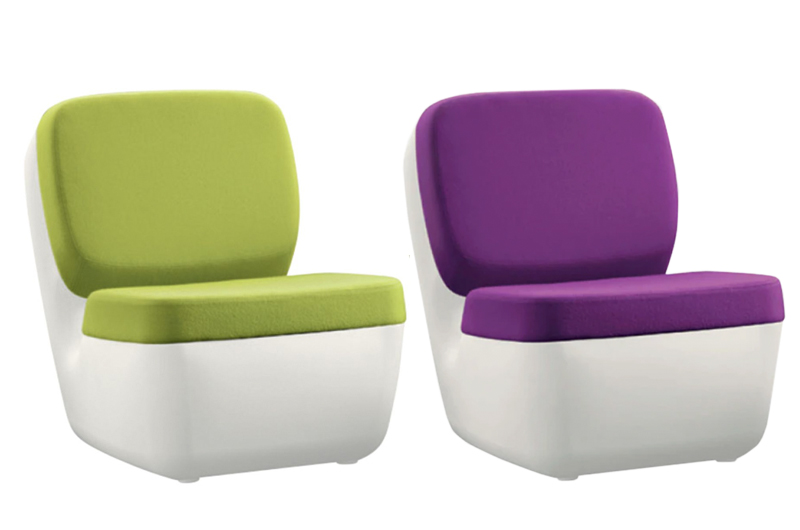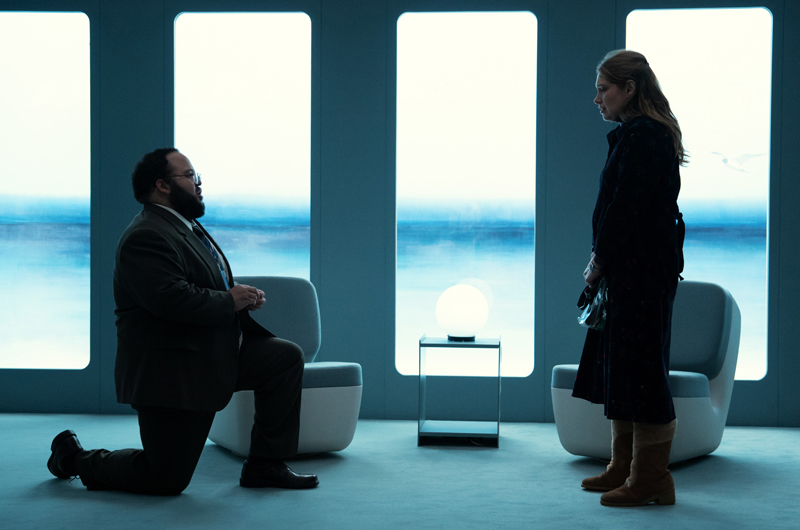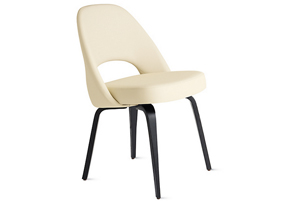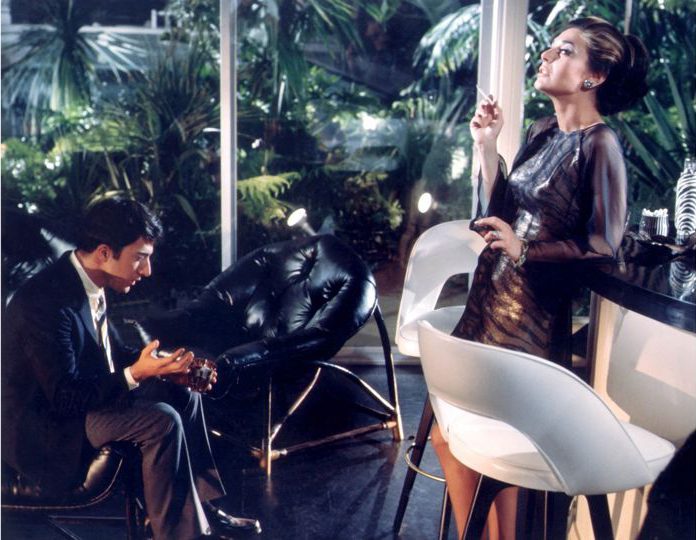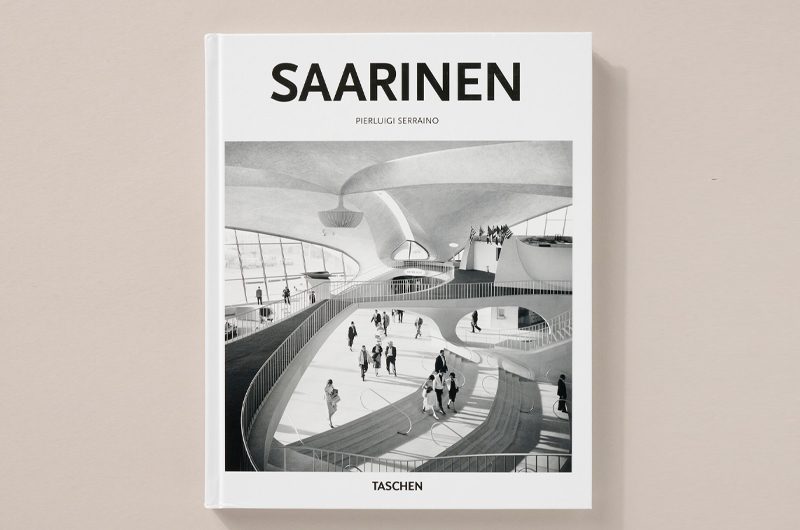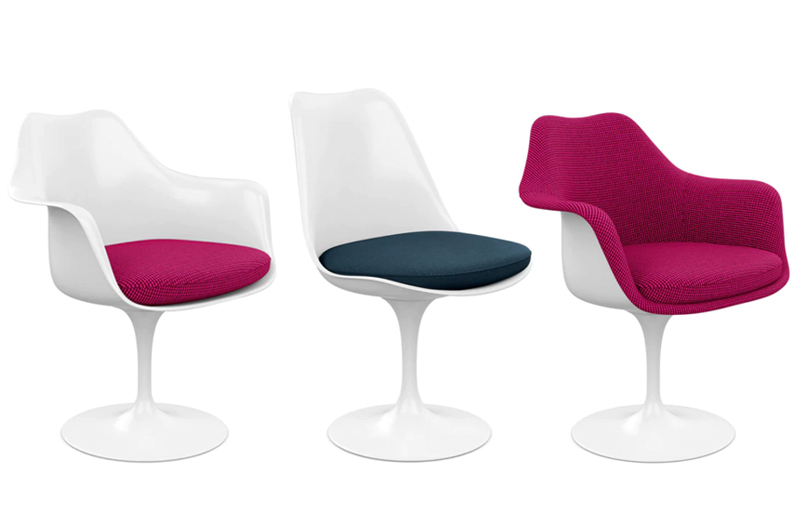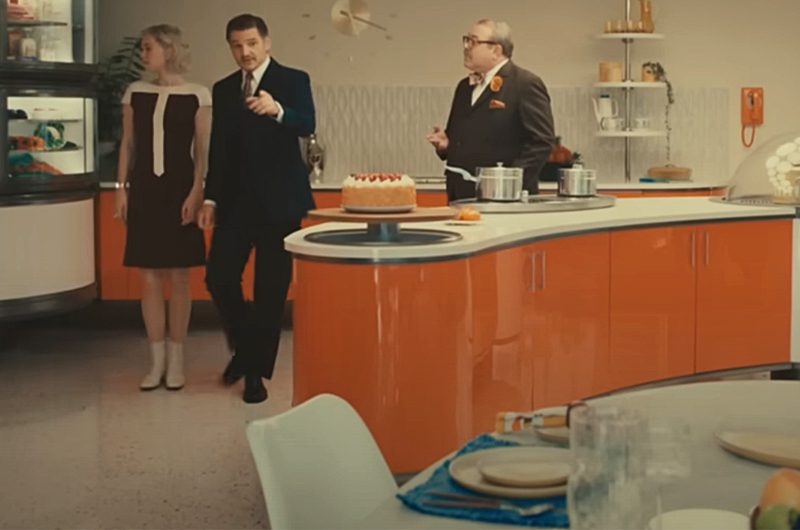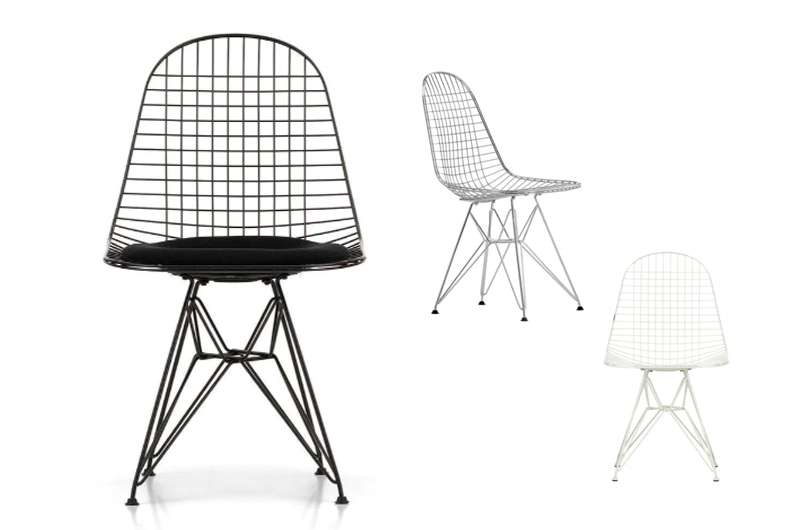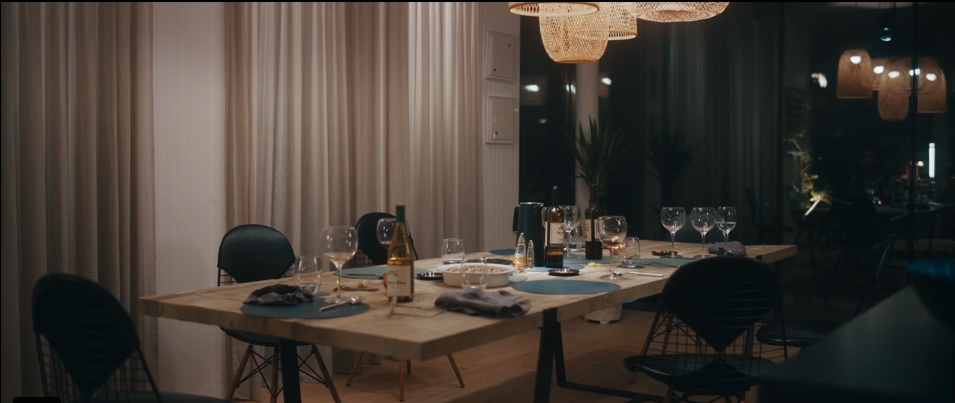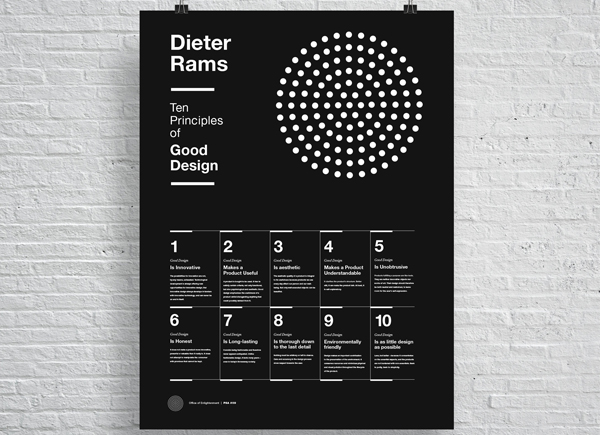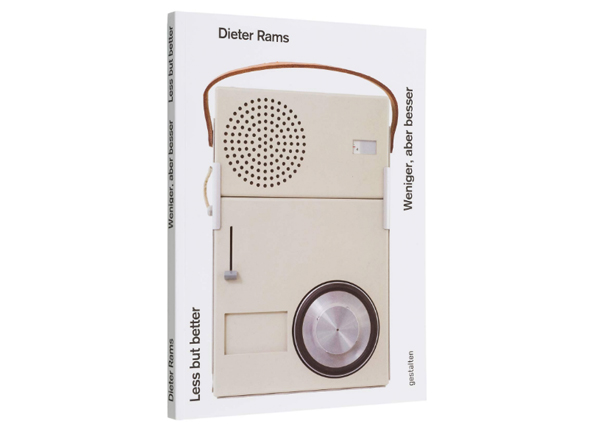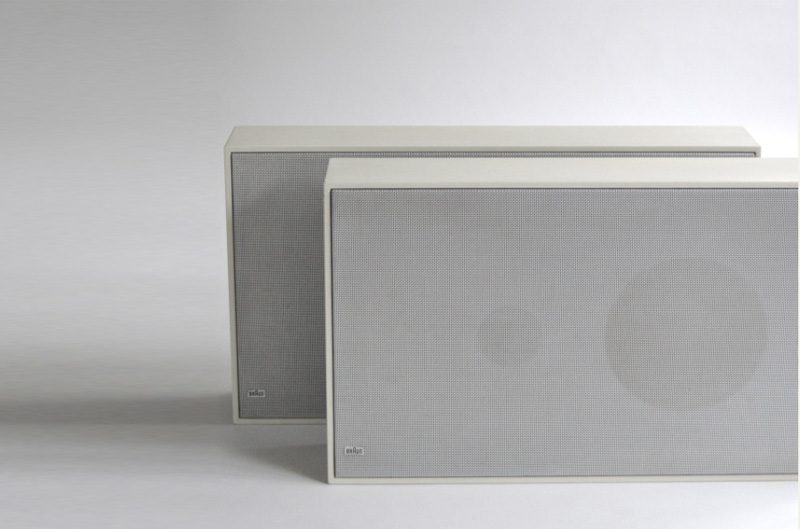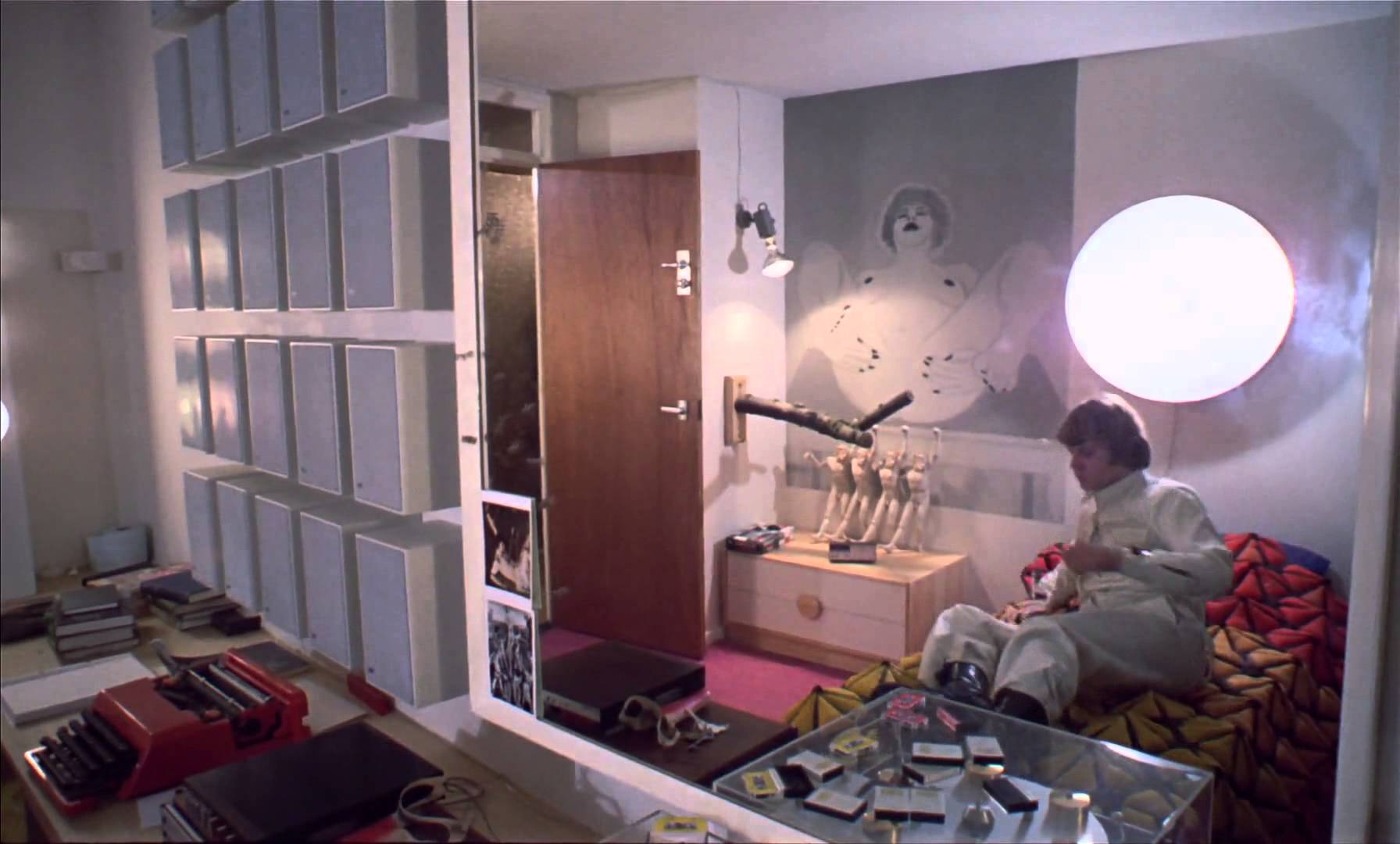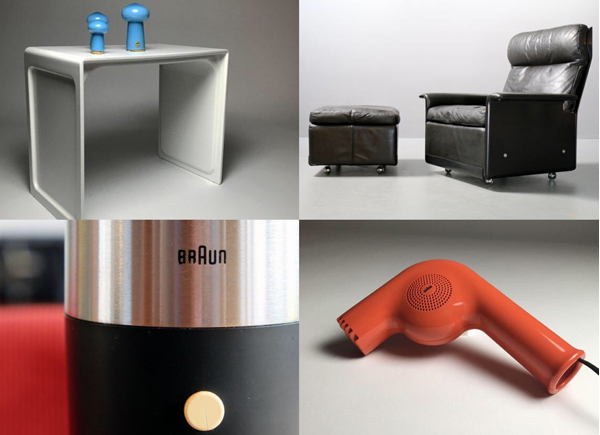Severance Part 1: The Innie World — Design, Furniture and the Architecture of Control
When Severance premiered, it wasn’t just the plot that had viewers glued to their screens. The series carved out a design language all of its own: a chilling blend of mid-century modernism, brutalist weight and retro-futurist corporate sheen. The interiors shape how we experience Lumon Industries and its unsettling experiment in splitting human consciousness between ‘innies’ – work selves who know nothing of life outside – and ‘outies’ – outside selves who know nothing of work.
Production Designer Jeremy Hindle and set decorators Andrew Baseman (Season 1) and David Schlesinger (Season 2) created a world that is instantly recognisable yet deeply strange. Building mostly on soundstages, they designed a maze-like network of white corridors, low ceilings and green-carpeted offices, each space carefully calibrated to induce a sense of surveillance, sameness and disorientation.
Their work has not gone unnoticed: Severance has been honoured at the 2025 Creative Arts Emmy Awards, and recognised by the Art Directors Guild and the Set Decorators Society of America for its groundbreaking interiors.
Fresh from its Emmy win, we’re bringing you a special two-part Film and Furniture deep dive into Severance’s design story. Read Part 1 below and click on the product names to discover more about each item.
Don’t miss our Video Podcast, where we share our conversation with set decorator David Schlesinger. Subscribe now.
We’re proud to partner with Holloways of Ludlow to bring you this feature. With an exceptional online offering of design-focused furniture and lighting – plus showrooms in London, Kent, Bath and Winchester – they provide expert advice and support to both residential and contract clients. Representing over 400 international designers and high-end brands, Holloways of Ludlow share our belief that good design should be beautiful, functional and long-lasting.
So, how exactly do spaces tell Lumon’s story? Let’s step inside the innie world (and stay tuned for Part 2 – Severance: The Outie World featuring Devon and Ricken’s Usonian haven, the Eagan mansion and the birthing cabin).

Although Lumon’s corporate headquarters were filmed at Bell Works in Holmdel, New Jersey – the two-million-square-foot former Bell Labs building designed by Eero Saarinen and Kevin Roche – most of the interiors we see were built on soundstages. This gave Production Designer Jeremy Hindle and his team the freedom to heighten every corridor, carpet and ceiling tile into a psychological tool. From the very first scene, the architecture and interiors declare themselves as instruments of control.
The Orientation Room

The very first space we encounter sets the tone. New recruit Helly wakes on a long, boardroom-style wooden table in a stark, windowless room. The scale of the table immediately makes the space feel more tribunal than welcoming.
Symmetrically placed green chairs, carpet in two tones of green, white walls, a speaker on the table, and a harsh overhead light strip the room of warmth or humanity. This clinical minimalism is Lumon distilled — control through subtraction. Even before a word is spoken, the design tells us that individuality has no place here.
Macrodata Refinement (MDR)

The main office floor where Mark, Helly, Dylan and Irving spend their days is at once banal and otherworldly. Four back-to-back workstations – white desks with deep-green screens – sit tightly together in an expanse of space, a corporate nightmare stretched to absurd proportions. Each desk is identically arranged, underscoring the loss of individuality.
The furniture is deliberately underwhelming. The innies type away in Bludot Daily Task Chairs (2016), contemporary yet generic, chosen precisely to evoke the anonymity of the modern office. The screens, with their blocky silhouettes, suggest a time period both familiar and unplaceable – an aesthetic cul-de-sac that feels unsettlingly out of time.
Everything is bathed in that now-famous Severance green carpet. Colour here is narrative: Lumon’s palette of greens and blues defines the innie world, while reds and oranges mark the outie world. In MDR, green smothers everything, a visual shorthand for corporate sameness and surveillance.

You can find a wide range of office chairs at Holloways of Ludlow.
The Reception Area

On exiting the lift the reception area features Henry Glass lounge chairs from the 1950s. But even here, the familiar modernist silhouettes are drained of comfort, re-contextualised in a setting where every seat feels like waiting for judgement.
The Wellness Room

One of the most unnerving spaces is the Wellness Room, where innies are forced to hear “facts” about their outie selves, read aloud by Ms Casey. It is equal parts therapy and surveillance. Here the characters sit in the Karpen of California Slipper Chair (1960), a design with inviting curves, made sinister by the context. Design history and psychology collide — a chair intended for casual repose becomes a tool of corporate control.
The Testing Floor

Season 2 finally unveils the elusive Testing Floor: a clinical, contained space where Lumon’s veneer of corporate routine slips into something closer to medical experimentation. White walls, modular furniture and stark lighting give the rooms a hospital-like air, yet every piece is carefully chosen or altered to extend Lumon’s ideology.

Dieter Rams’ modernist principles of order and clarity run through these sets. His rare Braun Hi-Fi Wall Unit Stereo (1965) embodies his “less, but better” philosophy, while the Vitsoe 620 Chair Programme (1962) – re-upholstered in Castel Maison’s Roussillon Aqua fabric – showcases his vision of modular systems where a single chair can become a sofa or shift from low to high back.

By contrast, Joe Colombo’s futuristic optimism appears in his Universale Chair for Kartell (1965), a true game-changer in furniture history. It holds the distinction of being the first mass-produced all-plastic chair, created using pioneering injection-moulding techniques.
Find Kartell designs at Holloways of Ludlow.
You’ll also find Colombo’s Coupé Wall Light (1967) and graphic Triedro Pendant Suspension lamp (1970s) on the Testing Floor.

Luigi Massoni’s Dilly Dally Vanity and Giotto Stoppino’s Kartell Magazine Rack (1972) add further notes of Italian modernism’s embrace of playful, democratic design.
Schlesinger and his team also fabricated bespoke elements, including modular sofas inspired by Claudio Vagnoni’s 1969 designs, imagined as if 3D-printed by Lumon’s Optics and Design department. Even a dental chair was altered to feel uncanny.
Find modernist modular sofas at Holloways of Ludlow.

One of the most disquieting spaces is the Christmas Room. Here, the design team 3D-printed ornaments, gifts and tinsel in a limited palette of greens, and added an Eastern European sofa to create Lumon’s eerily sanitised version of festivity. Later, in a flashback to Mark and Gemma’s home, the tree reappears — this time a live fir with real glass ornaments. The duplication underscores the series’ message: Lumon is everywhere. The space also features Rams’ FS-80 television, its 14-inch CRT housed in injection-moulded plastic, a design that reduces even domestic ritual to corporate control.
The result is a Testing Floor that feels clinical yet never neutral: Rams’ rational systems, Colombo’s futurism and Italian plastic modernism all refracted through Lumon’s cold lens, where design history itself becomes part of the experiment.
The Management Office

Where authority resides, so too do design classics. Season 1’s Management Office features a Time-Life Executive Chair (1961) also know as the Vitra Lobby Chair by Charles and Ray Eames, a seat long associated with boardrooms and power. Surely the most covetable of all desk chairs.
-
Eames Lobby chair / Time Life chair / Executive chair
As seen in:Designer: Charles and Ray Eames
sHerman Miller, Vitra
Director: Guy Ritchie
Shop NowThe Eames Executive chair, also known as the Lobby Chair and the Time-Life Chair, is an iconic piece originally created for the executive floors of New York City’s Time-Life Building. It was the choice of chair for the Mad Men boardroom and the Management Office in Severance.
Approx £5,000.00 Inc VAT if applicable / $6700

By Season 2, Hindle and Schlesinger installed a Warren Platner desk, referencing Platner’s work for John Deere’s corporate HQ (itself designed by Eero Saarinen and Kevin Roche, the architects behind Lumon’s real-world stand-in, Bell Works). As Schlesinger told us, “the Platner desk is the lynchpin — it carries the entire design DNA of the show.”
A Platner desk, an iceberg painting by Lisa Lebofsky, and a Ricardo Fasanello Fardos lounge chair form a room where corporate mythmaking meets design history.
The Break Room(s)

Originally imagined with beanbags, Schlesinger instead opted for furniture that was both sculptural and unsettling. In Season 2, the Break Room features Marc Newson’s Nimrod chairs and Cappellini Stitch chairs, along with lava lamps sourced from Eastern Europe. Even nostalgia is made uncanny.
In one version of the Break Room, Yves Christin’s Balloon lamps (Bilumen, 1980s) hover in the background, childlike forms twisted into emblems of surveillance.
The Visitation Room

Another eerie transformation: the Nimrod chairs reappear, this time custom-dyed to match the carpet. Nearly every surface shares the same colour palette, collapsing depth and making the occupants seem subsumed into Lumon itself. Even the fabricated table was powder-coated to conform.
A great alternative to the small side table seen in this room is the &Tradition SC73 Rotate Table from Holloways of Ludlow.
The Board Room

When Hindle and Schlesinger first approached the empty space that would become Lumon’s boardroom, Hindle remarked: “a really, really long table.” The result? A 45-foot resin table, gleaming and alien, under a metal ceiling and bespoke overhead lights.
The chairs are Shiro Kuramata’s Apple Honey Chairs (1986), sourced through auctions, their sculptural forms aligning with the room’s sense of mystery and intimidation. Of course, Lumon green carpet underpins it all.
Even here, the Braun FS-80 television by Rams makes an appearance — technology as shrine.
The Control Room
Season 2’s Control Room continues the theme of repetition and reduction. Desks fabricated by Prop and Spoon were inspired by a hybrid of Rams’ logic and the classic 1950s “Tank Desk.” Every cable was hidden, every extraneous element stripped away. Schlesinger has noted: “Common objects were reimagined through the lens of Lumon, transformed into forms both recognisable and disquieting.”
From Oppression to Obsession
Within the innie world of Severance, nothing is incidental. Rams’ modular systems, Colombo’s futuristic optimism, Kuramata’s sculptural chairs — all are pressed into Lumon’s service, transformed into tools of order and control. A chair dictates posture, a lamp defines atmosphere, a carpet smothers colour into submission. As Schlesinger quipped, ‘I imagined there was a severed set decorator working for Lumon. That’s what these rooms are — corporate facsimiles of reality.’”
Yet step outside Lumon’s walls, and these are extraordinary designs in their own right — pieces that many of us would covet for our own homes. The tension is part of the show’s genius: the same Rams stereo or Noguchi lamp that feels chilling under corporate fluorescent light becomes, in another setting, an object of beauty, clarity and joy. Severance reminds us how context shapes design — and how design, in turn, shapes us.
If the innie world is about control, the outie world is about character. In Severance Part 2: The Outie World, we explore Devon and Ricken’s Usonian haven, the Eagan mansion, Mark and Gemma’s home, and the Birthing Cabin.
Explore mid-century and contemporary designs at Holloways of Ludlow — our partners in celebrating furniture that shapes stories.
This feature is FREE to Classic members.
Join our newsletter community to receive Film and Furniture inspiration direct to your inbox and we’ll UPGRADE you to Classic Membership (which includes access to our exciting giveaway draws) for FREE.
To access in-depth features, video interviews, invitations to pre-release film screenings, major exhibitions and more, become a Front Row or Backstage member today!



